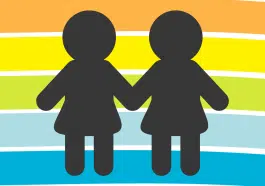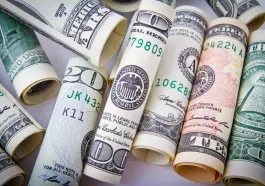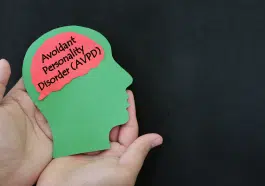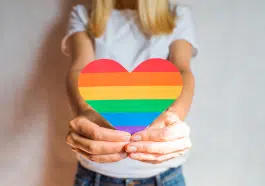LGBTQ+ Facts
Vienna, Austria, is full of LGBTQ+ culture and pride, with the first Rainbow Pride parade in 1996. Vienna Pride takes place annually to support, celebrate and strive for equality for the LGBTQ+ community.
According to The LGBTQ+ travel platform Spartacus, which publishes the “Gay Travel Index” every year: In 2020, Austria placed 4th place. In addition, only one point separated Vienna from the other top three (Canada, Malta, and Sweden). Austria is ahead of some more well-known LGBTQ+ destinations like the Netherlands, Spain, and Australia.
There is so much for LGBTQ+ visitors to see and do in Vienna, whether it’s all the iconic museums and galleries or opera houses and restaurants. In addition, this city’s queer community has a massive scene with many opportunities for gay clubbing and social events.
Some clubs include:
- Pitbull
- queer: beat
- Ken Club
- Replay
- G.Spot.
- The Circus
Many cafes, restaurants, and bars also welcome the LGBTQ+ community in Vienna. These include:
- Café Savoy
- Fett+Zucker
- Villa Vida
- Motto
- Sixta
- Santo Spirito
- Village Bar
- Felixx Café & Bar
- Kiss Bar Vienna
- City Bar
For a more extensive list of LGBTQ+ establishments in Vienna, you can download the LGBT Guide from the Vienna Tourist Board.
Mental Health in Vienna, Austria
According to recent statistics, 23.93% of all young people in Austria are experiencing a mental health condition. In fact, over a third of all youth have experienced a mental health issue sometime during their lives.
If you know a child or youth who would benefit from mental health care in Vienna, be sure to access our resources at LGBTQ and ALL. We have a database of top-qualified psychologists for kids in Vienna and other regions globally.
Top Features for Vienna, Austria
Vienna is Austria’s capital, located east of the country and on the Danube River. It is known for its history as an artistic and intellectual area, with notable residents including Mozart, Beethoven, and Sigmund Freud. Other top features in Vienna include its Imperial palaces, like Schönbrunn, the royal dynasty, and the Habsburgs family’s summer residence. In addition, in the MuseumsQuartier district, you can find historic and contemporary buildings featuring works by Egon Schiele, Gustav Klimt, and other famous artists.
Facts
- One of Vienna’s nicknames is the city of dreams since Sigmund Freud lived and worked in this area for many years.
- The world’s oldest zoo (built-in 1752) that is still operating, The Vienna Zoo, is found in this city. You can locate it in the gardens of Schönbrunn Palace.
- Each year, there are more than 300 balls hosted in Vienna.
- Vienna has the oldest and still operating Ferris wheel globally.
- The Wiener Riesenrad, an iconic French croissant, is originally from Vienna.
- Snow globes were first invented in Vienna.
History/Data
Vienna has a long and diverse history, starting when the Roman Empire built a military camp in the region where Vienna’s city center is now. Since its smaller beginnings, Vienna evolved from the initial Roman settlement it once was (known as Vindobona) to be a significant trading site in the 11th century.
In 2019, the population of Vienna was 1.897 million people.






